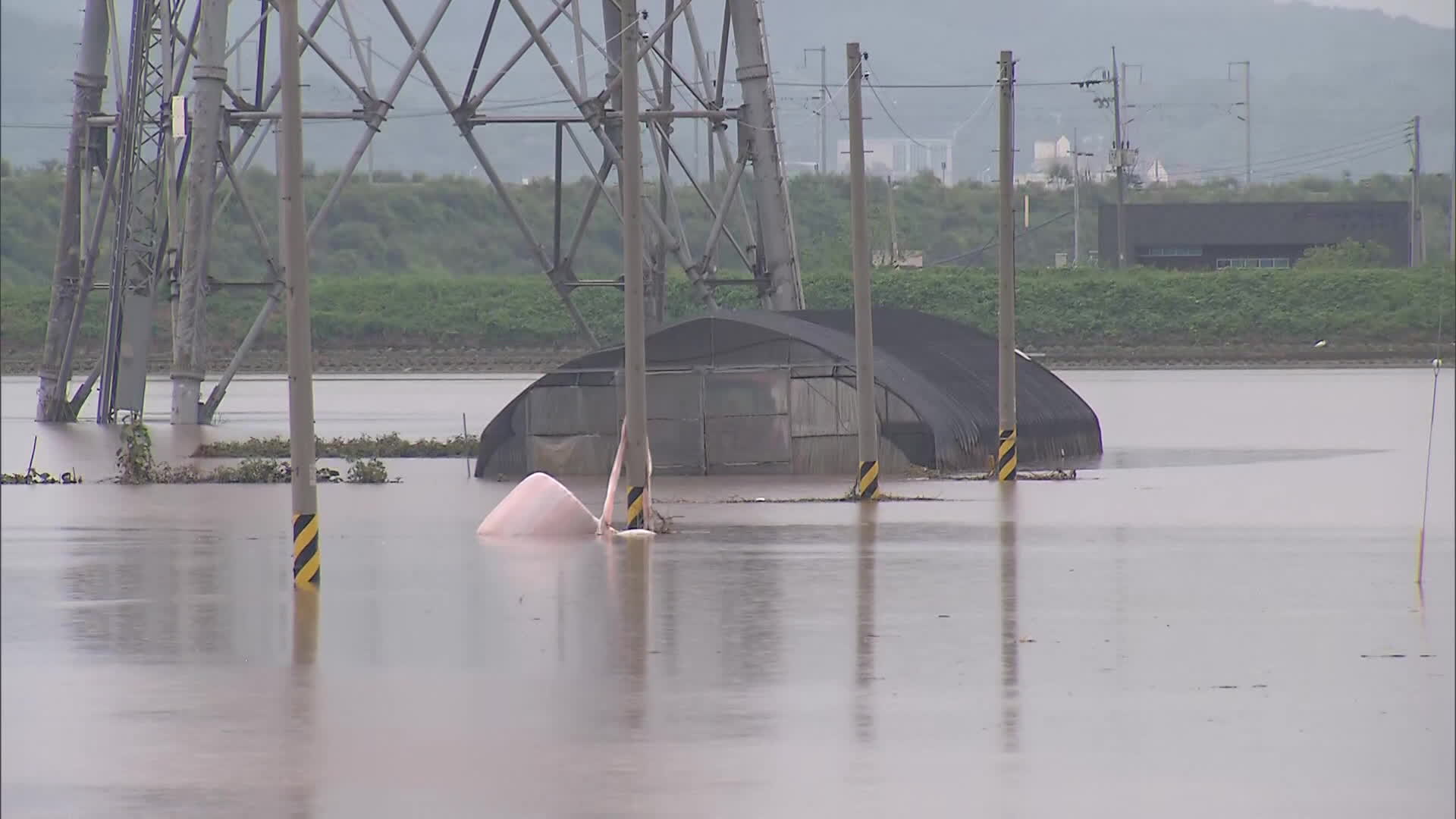[News Today] PORTABLE CHARGER MAY CAUSE PLANE FIRE
입력 2025.01.31 (16:02)
수정 2025.01.31 (16:04)
읽어주기 기능은 크롬기반의
브라우저에서만 사용하실 수 있습니다.
[LEAD]
A shocking incident occurred during the national holiday. A fire broke out on an aircraft preparing for takeoff at Gimhae International Airport, forcing over 170 individuals on board to make an emergency escape. The fire is suspected to have started from a portable battery in the overhead compartment. Investigations are ongoing.
[REPORT]
An aircraft is engulfed in flames on ground at an airport.
Black smoke fills the sky.
At 10:15 p.m. Tuesday, fire broke out on Busan Air flight 391 that was preparing to leave for Hong Kong.
All 176 on board including 169 passengers and seven crew members safely escaped.
Flame and smoke can be seen from an overhead storage cabin inside the plane in question.
The fire is suspected to have started from a power bank or a portable battery charger or some type of electronic device kept in a passenger's luggage.
Lithium ion battery chargers are an essential item for travelers using a smartphone.
When high heat of 130 degrees Celsius is applied, they give off sparks and explode in just 15 minutes.
This is why battery-triggered fire incidents are not uncommon during flights when pressure and temperature levels are subject to frequent changes.
This time, the Busan Air flight was still on ground. A portable battery also caught fire just before takeoff last month.
Prof. Gong Ha-sung / Woosuk University
The separation film can get damaged or the battery itself can have defects. Shock or overcharging can also lead to thermal overrun and explosion.
This means batteries can easily catch fire not only while being charged or due to high temperature but also by internal damage or by the slightest external impact.
In the past two years, over ten such battery fires were reported with national carriers.
In the U.S., fires caused by inflight lithium batteries occur about once every two weeks.
Due to this risk, small to medium sized batteries under 100 watt-hours mainly used for charging smartphones are allowed on planes but larger ones of over 160 watt-hours are banned.
Passengers are also advised to carry the batteries close at hand to be able to swiftly respond to any heating that could start fires.
Starting this year, under international regulations it is recommended that passengers carry batteries charged to only 25-30% capacity on board.
Busan Air said it is reviewing regulations related to fire risks of carry-on items.
■ 제보하기
▷ 카카오톡 : 'KBS제보' 검색, 채널 추가
▷ 전화 : 02-781-1234, 4444
▷ 이메일 : kbs1234@kbs.co.kr
▷ 유튜브, 네이버, 카카오에서도 KBS뉴스를 구독해주세요!
- [News Today] PORTABLE CHARGER MAY CAUSE PLANE FIRE
-
- 입력 2025-01-31 16:02:27
- 수정2025-01-31 16:04:12
[LEAD]
A shocking incident occurred during the national holiday. A fire broke out on an aircraft preparing for takeoff at Gimhae International Airport, forcing over 170 individuals on board to make an emergency escape. The fire is suspected to have started from a portable battery in the overhead compartment. Investigations are ongoing.
[REPORT]
An aircraft is engulfed in flames on ground at an airport.
Black smoke fills the sky.
At 10:15 p.m. Tuesday, fire broke out on Busan Air flight 391 that was preparing to leave for Hong Kong.
All 176 on board including 169 passengers and seven crew members safely escaped.
Flame and smoke can be seen from an overhead storage cabin inside the plane in question.
The fire is suspected to have started from a power bank or a portable battery charger or some type of electronic device kept in a passenger's luggage.
Lithium ion battery chargers are an essential item for travelers using a smartphone.
When high heat of 130 degrees Celsius is applied, they give off sparks and explode in just 15 minutes.
This is why battery-triggered fire incidents are not uncommon during flights when pressure and temperature levels are subject to frequent changes.
This time, the Busan Air flight was still on ground. A portable battery also caught fire just before takeoff last month.
Prof. Gong Ha-sung / Woosuk University
The separation film can get damaged or the battery itself can have defects. Shock or overcharging can also lead to thermal overrun and explosion.
This means batteries can easily catch fire not only while being charged or due to high temperature but also by internal damage or by the slightest external impact.
In the past two years, over ten such battery fires were reported with national carriers.
In the U.S., fires caused by inflight lithium batteries occur about once every two weeks.
Due to this risk, small to medium sized batteries under 100 watt-hours mainly used for charging smartphones are allowed on planes but larger ones of over 160 watt-hours are banned.
Passengers are also advised to carry the batteries close at hand to be able to swiftly respond to any heating that could start fires.
Starting this year, under international regulations it is recommended that passengers carry batteries charged to only 25-30% capacity on board.
Busan Air said it is reviewing regulations related to fire risks of carry-on items.
이 기사가 좋으셨다면
-
좋아요
0
-
응원해요
0
-
후속 원해요
0















이 기사에 대한 의견을 남겨주세요.